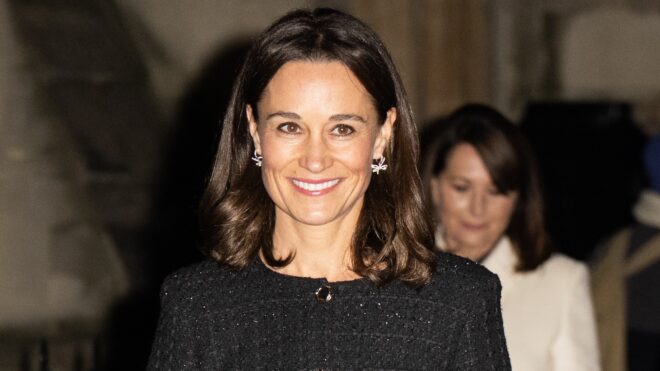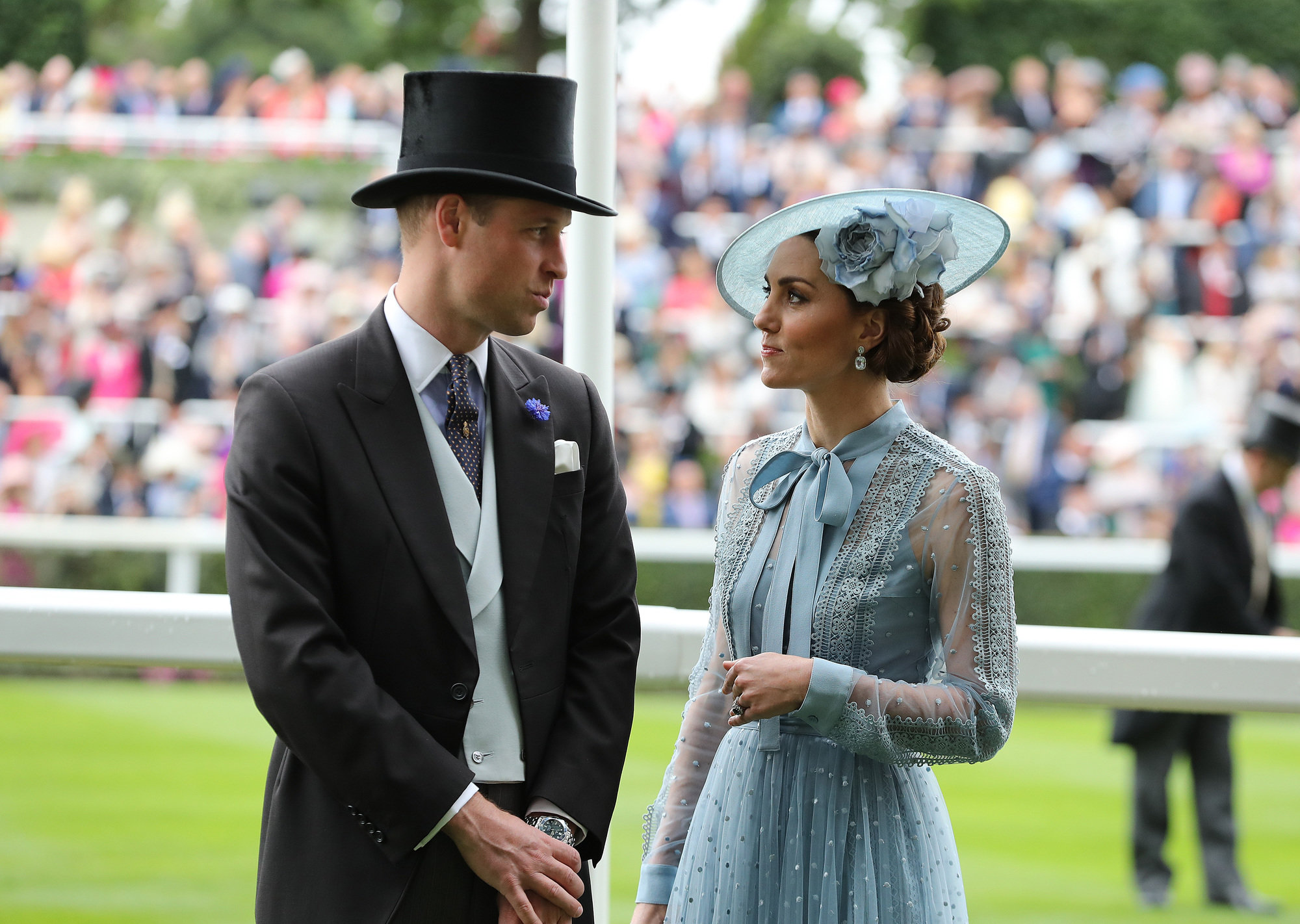
In case ya didn't know, royals are just like us! They get married, get job promotions, shake hands, meet people, wear clothes, have political opinions, and on and on. But it's how they do those things — the traditions and rules, whether official or unspoken, that govern how they go about their daily lives and their duties — that makes a huge difference, of course. None of us regular peeps are exactly going around curtsying to one another, after all.
And among the 26 monarchies that are left in the world, as well as in some deposed royal families that strive to keep up appearances, protocol and tradition vary widely. Just because the world's most famous royal family (the British one, of course) does thing a certain way, doesn't mean that we should expect to encounter the same rules around the world.
Protocol is an important part of being royal. After all, while many royal families around the world are basically figureheads with little actual power, etiquette is a way that they maintain their mystique and allure, the way they project the power of their presence, status, and money. That's why there's a way to address them and there's a way to be dressed in front of them.
And that's why there are rules about who can or can't inherit a throne and how.
But there are an increasing number of monarchies that have loosened up their rules, which has instantly made them both more likable and less likely to lose the all-important public funding that keeps them afloat. These royals are fascinating because they've figured out a way to stay relevant, while still maintaining their status — and they've done that through protocol and etiquette.
Royal rules around the world are fascinating — and often bizarre or downright funny — and at the least, offer a view into a world and a set of people that are so different from our everyday lives. Here are 18 royal rules from monarchies around the world that give us insight about a rarefied, often outdated, and slowly changing world.
Japan: Princesses Must Leave Family After Getting Married
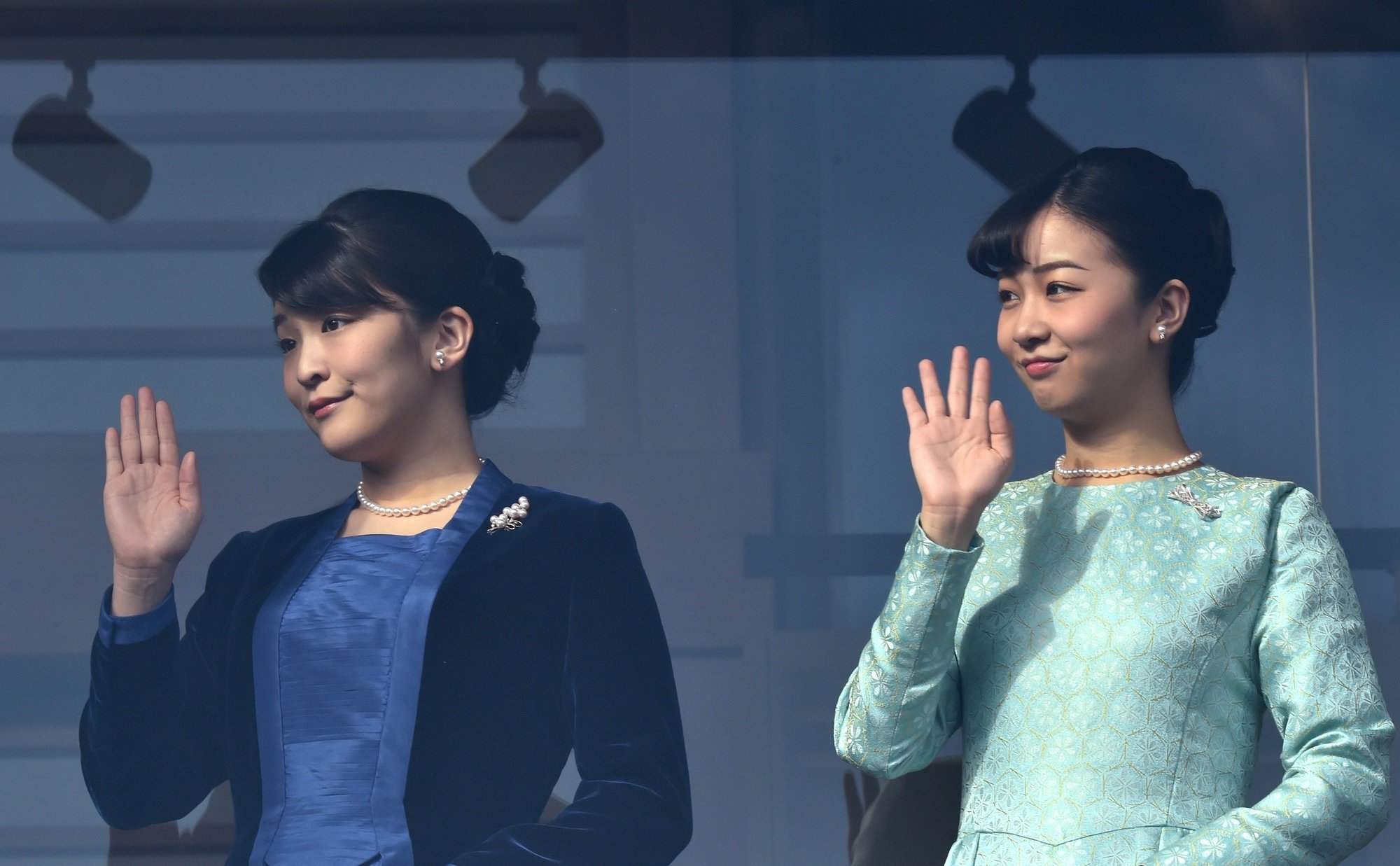
The world's oldest continuous hereditary monarchy also has some of the most antiquated treatment of women when it comes to protocol. Women who are part of as Japan's monarchy, otherwise known as the Chrysanthemum Throne, can't inherit the throne. And unlike males — who can marry commoners, if these women marry an ordinary person — they have to leave the family. Several have left in the past decade, and Princess Mako (above left), who got engaged in 2019, is about to wave goodbye to royal life as well. Since women like Mako, in the family's newest generation, outnumber men, because of this short-sighted rule, there are only three heirs to the throne.
Britain: Catholics Aren't Allowed to Inherit the Throne
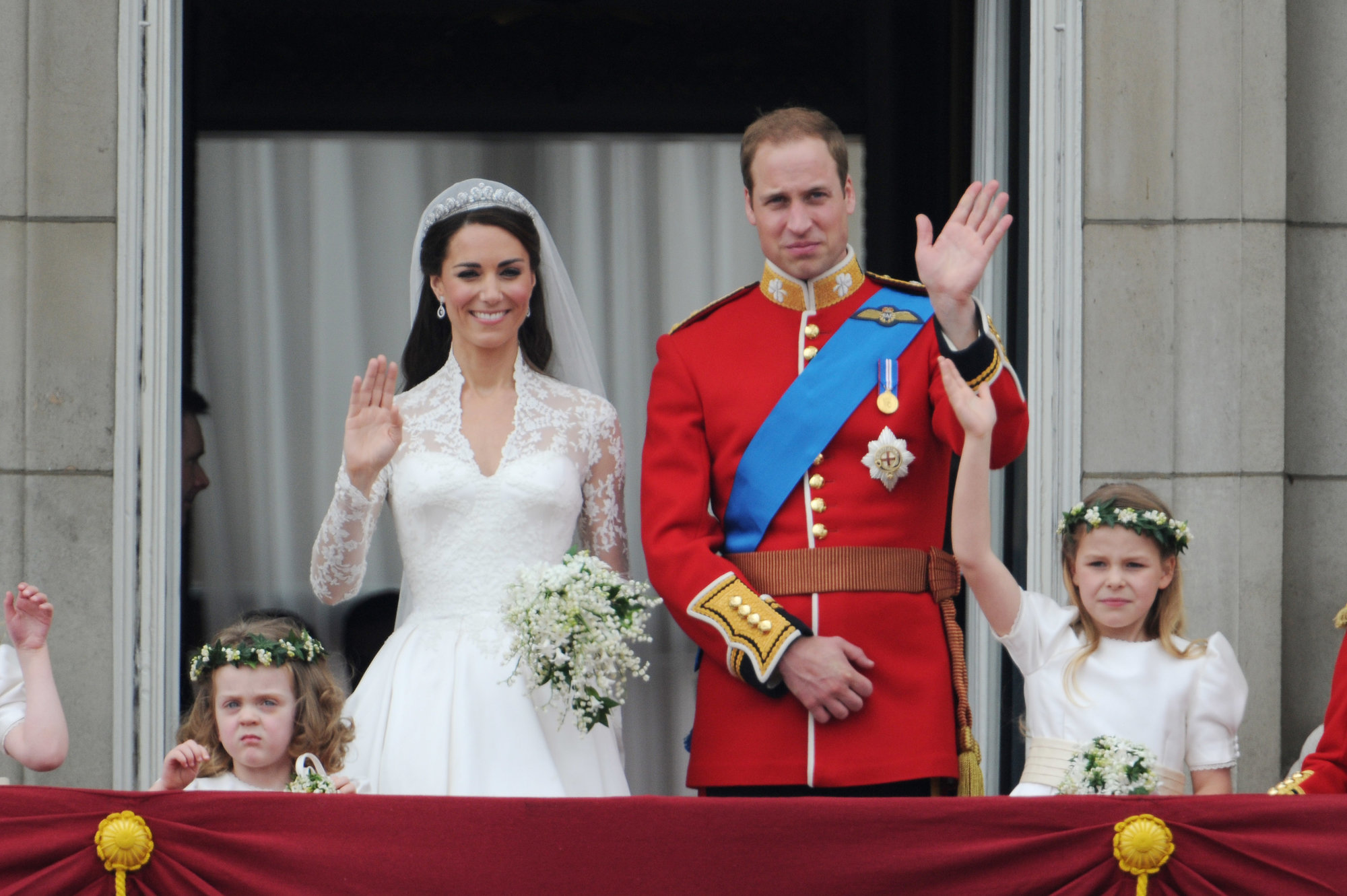
For hundreds of years, anyone in the line of succession to the British throne was strictly forbidden from marrying a Catholic — not a surprise, really, given that England long ago severed ties with the Catholic church. That ended in 2013, with a law that also got rid several other succession rules, like the ban on first-born women inheriting the throne. Now, royal family members can marry Catholics, but a ban on having a Catholic sit on the throne is still in force.
Morocco: The King Likes to Have His Hand Kissed
Moroccan royalty has hung on to a tradition that's pretty much been cast aside by monarchs around the world: kissing the hand of royals — though the practice was recently temporarily banned to protect King Mohammed VI from infection. In 2016, a video that captured the king's son, Prince Moulay Hassan, hilariously refusing to have his hand kissed as he went down a line of visiting dignitaries went viral. We're guessing that's one tradition he won't be keeping once he takes the throne!
... but He's Also 'King of Selfies'

File this one under covert protocol! The Moroccan king may be a stickler for tradition in insisting that his subjects kiss his hand in greeting, but he still likes to be seen as just a regular guy who is accessible to the people. He's known for taking selfies with, well, pretty much whoever stops him on the street and asks. The pictures tend to appear in an unofficial Facebook page dedicated to him, which many suspect to actually be a palace initiative to endear him to young Moroccans.
Belgium: Curtsying Not Necessary
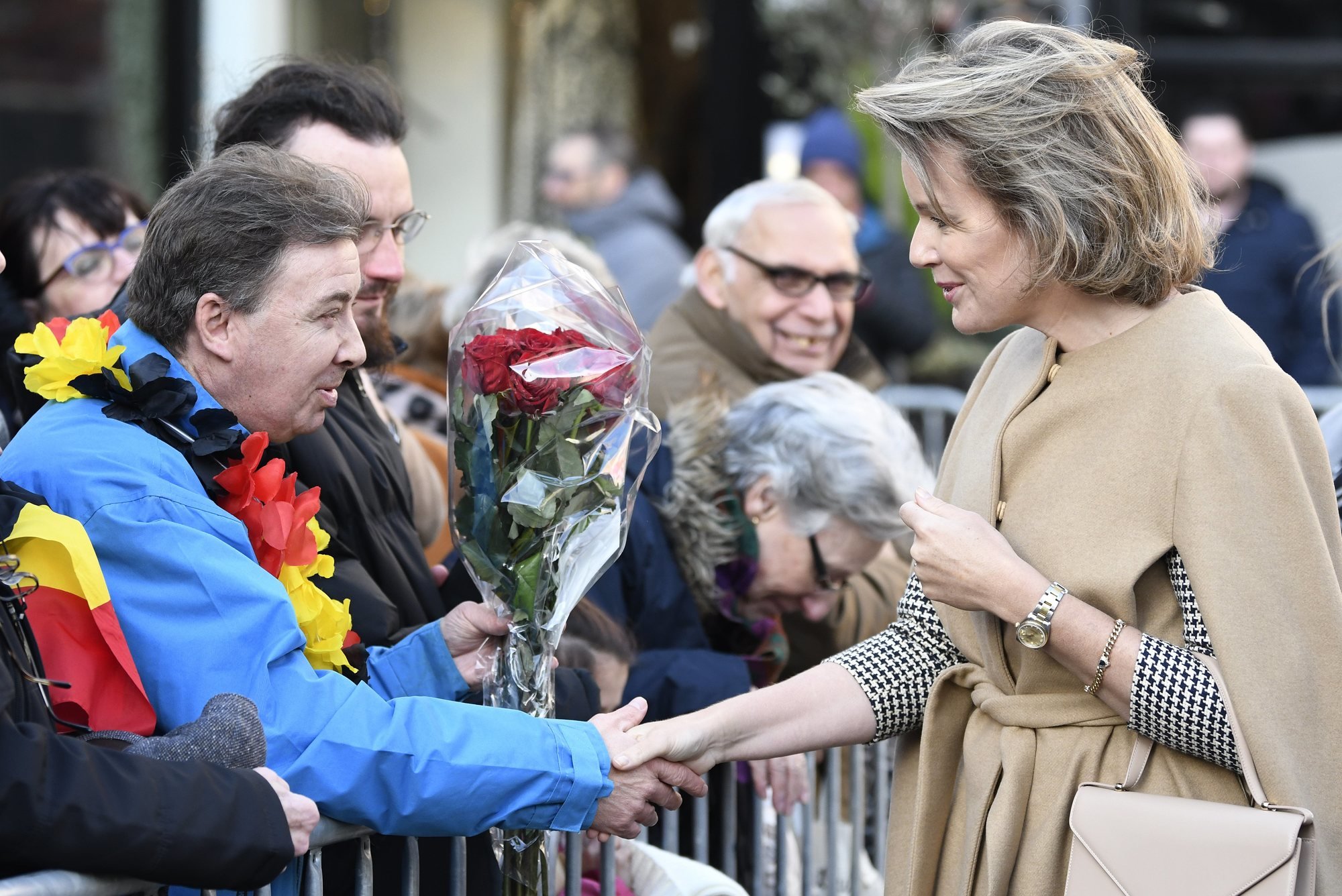
Belgian kings were among the most brutal colonizers in the world, but these days, the country's monarchs have been winnowed down to being almost afterthoughts. According to the monarchy's website, King Albert's actual job is to travel the country and report back to government ministers about any "problems, complaints, demands and hopes of the people." (M'Kay.) So diminished is the royal family, that every day Belgians don't even have to bow to them. A handshake will do, according to the website.
Thailand: Don't Ever Insult the Royal Family, or Their Dog

This is one piece of protocol that actually became a law: In Thailand, insulting members of the royal family, which are viewed as nearly divine, can land someone in prison. And it doesn't matter if the insult does not happen in person. In fact, in 2015, a man was arrested and taken to court because he made a sarcastic comment about the king's dog, who is revered as a national symbol and was event he subject of an animated movie. The king had written a book about the pup, praising its obedience, and this regular dude, understandably, rolled his eyes hardcore and let the jokes fly in a social media post. He went to prison for three months, but others have gone to prison for decades.
Netherlands: The King Doesn't Wear a Crown & We Can't Blame Him ...
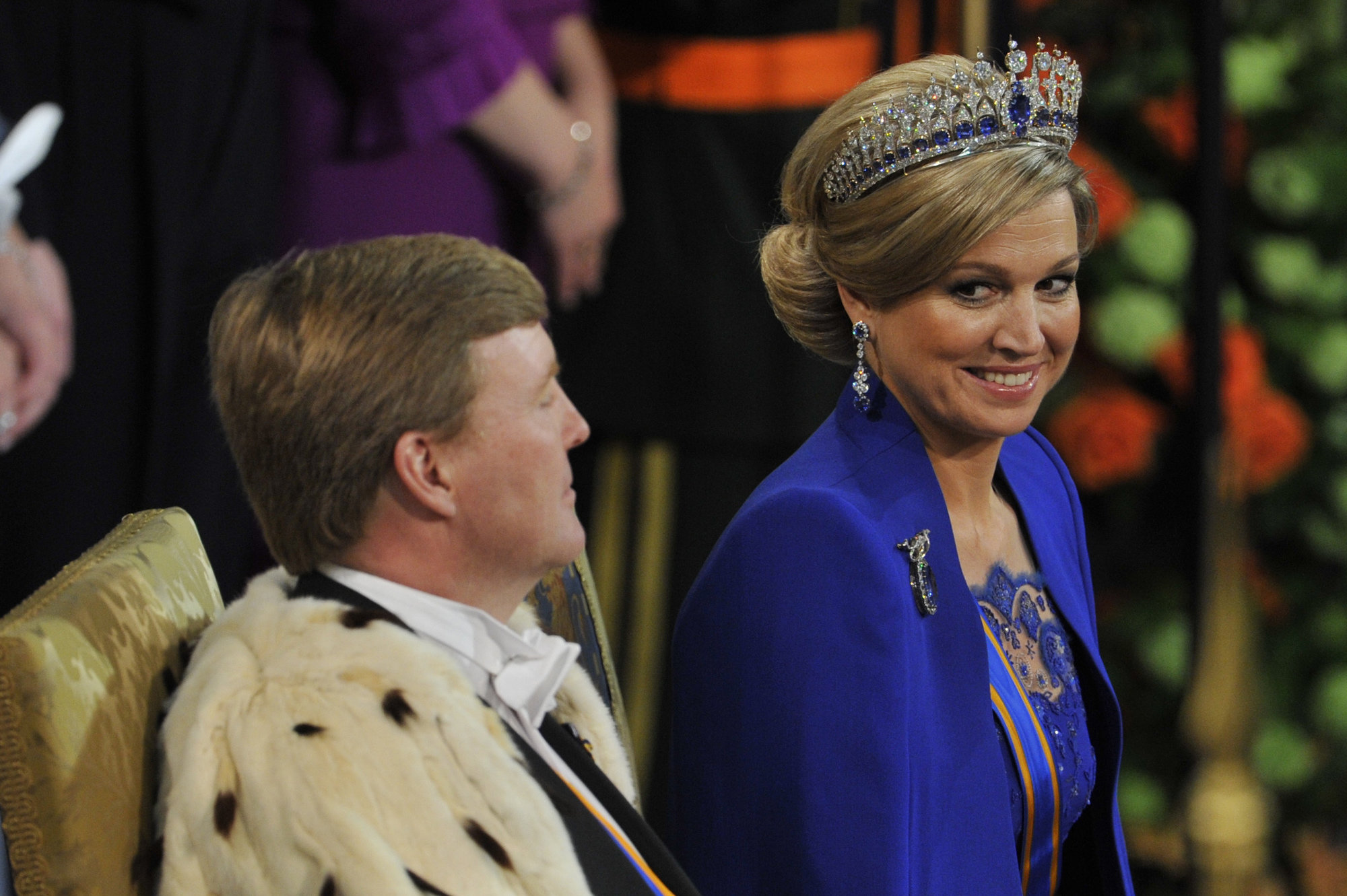
What? Can one actually be a king without a crown — or a coronation? Apparently, the answer is when it comes to Willem-Alexander, the Dutch king. At his "inauguration" ceremony, he was seated on a throne but totally bareheaded — while his wife, Queen Maxima, wore a spectacular sapphire and diamond tiara. The crown, orb, and scepter were placed near to him, just for show. It turns out that he's not missing out on anything: The crown was made in 1840 — out of gold-plated silver, fish scales (!), and fake pearls.
... and He Doesn't Want to Be Called 'Your Majesty'
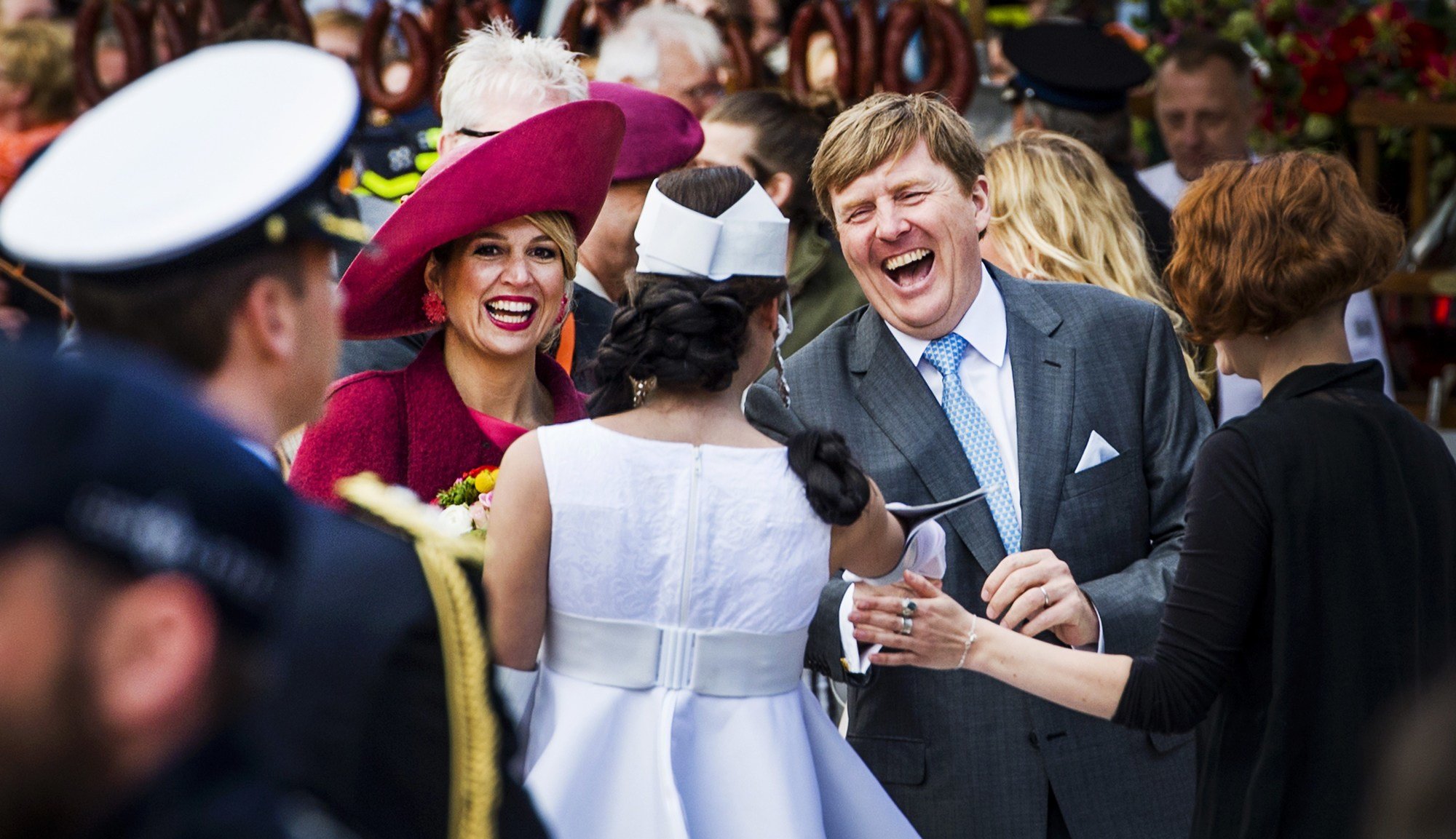
King Willem-Alexander set new protocol on the fly when he sat down for a TV interview just before ascending to the throne. When asked how he wanted to be addressed, he said, "I'm not a protocol fetishist. People can address me however they want. For me, it is about people feeling at ease when I'm with them." He also went against tradition by refusing to take on a new king name.
"I've been Williem-Alexander for 46 years," he quipped.
Jordan: The Queen Has a Personal Insta -- & It's Not an Issue
The British royal family may have a strict ban on social media accounts for senior members (though minor royals like Princesses Eugenie and Beatrice have their own), but it's totally not an issue in Jordan. The gorgeous Queen Rania's Instagram account is a mix of pictures of her and her family on duty and having fun, and it's totally #fashiongoals. It's got 5.9 million followers, which goes to show that there's a way to be royal and relatable.
Britain: Don't Touch the Queen
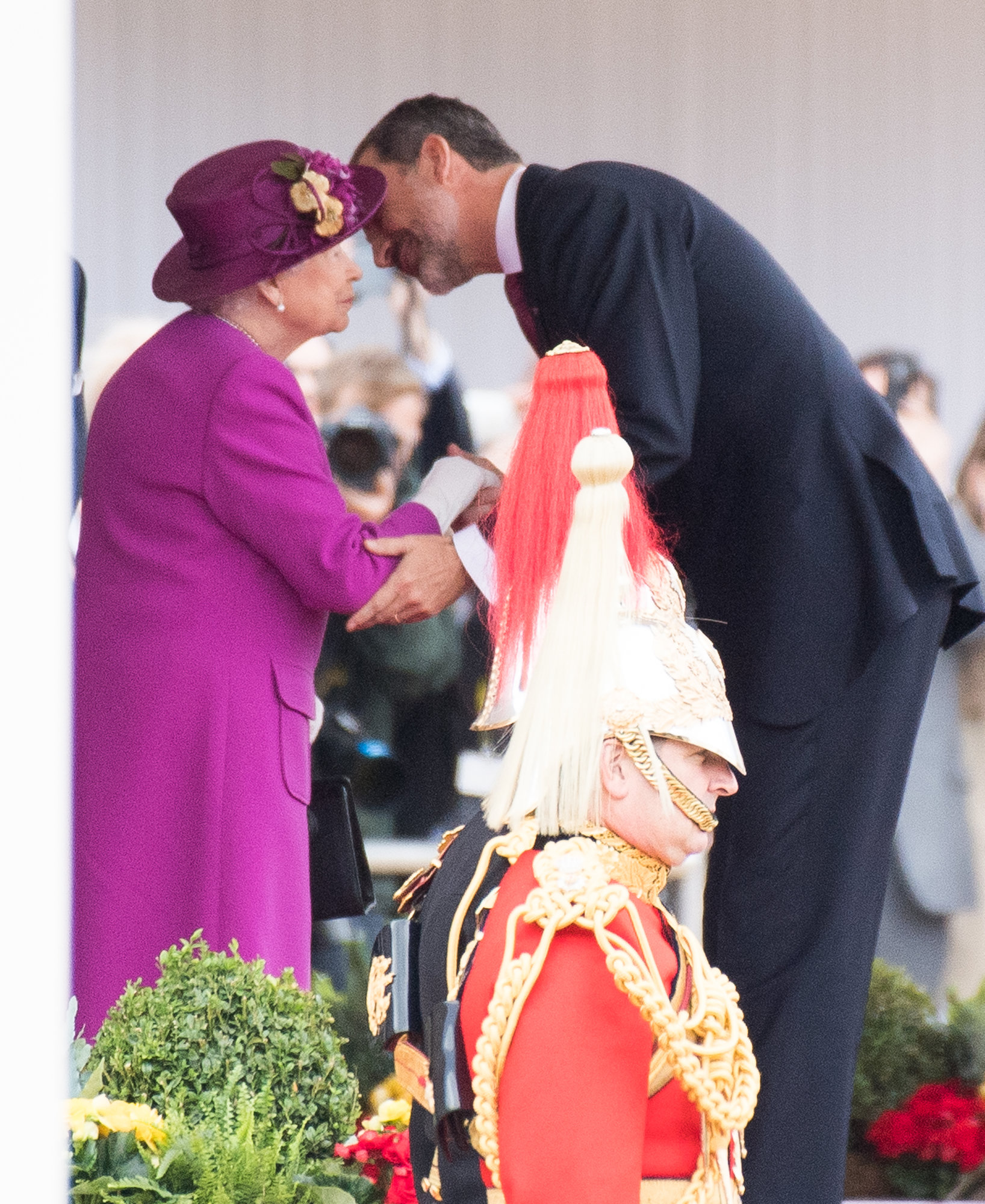
According to British royal protocol, no one should initiate physical contact with Queen Elizabeth or any other senior royal. But of course, this rule has occasionally been broken, because, ya know, we're all just people here, despite the jewels. Former US first lady Michelle Obama famously lightly embraced the queen, who hugged her back. And pretty much every Spanish king who has ever met her has been captured by cameras giving the queen a kiss on the cheek. Most recently, it was King Felipe VI, in 2017.
News flash: She did not look like she minded!
Spain: Rules? What Rules?
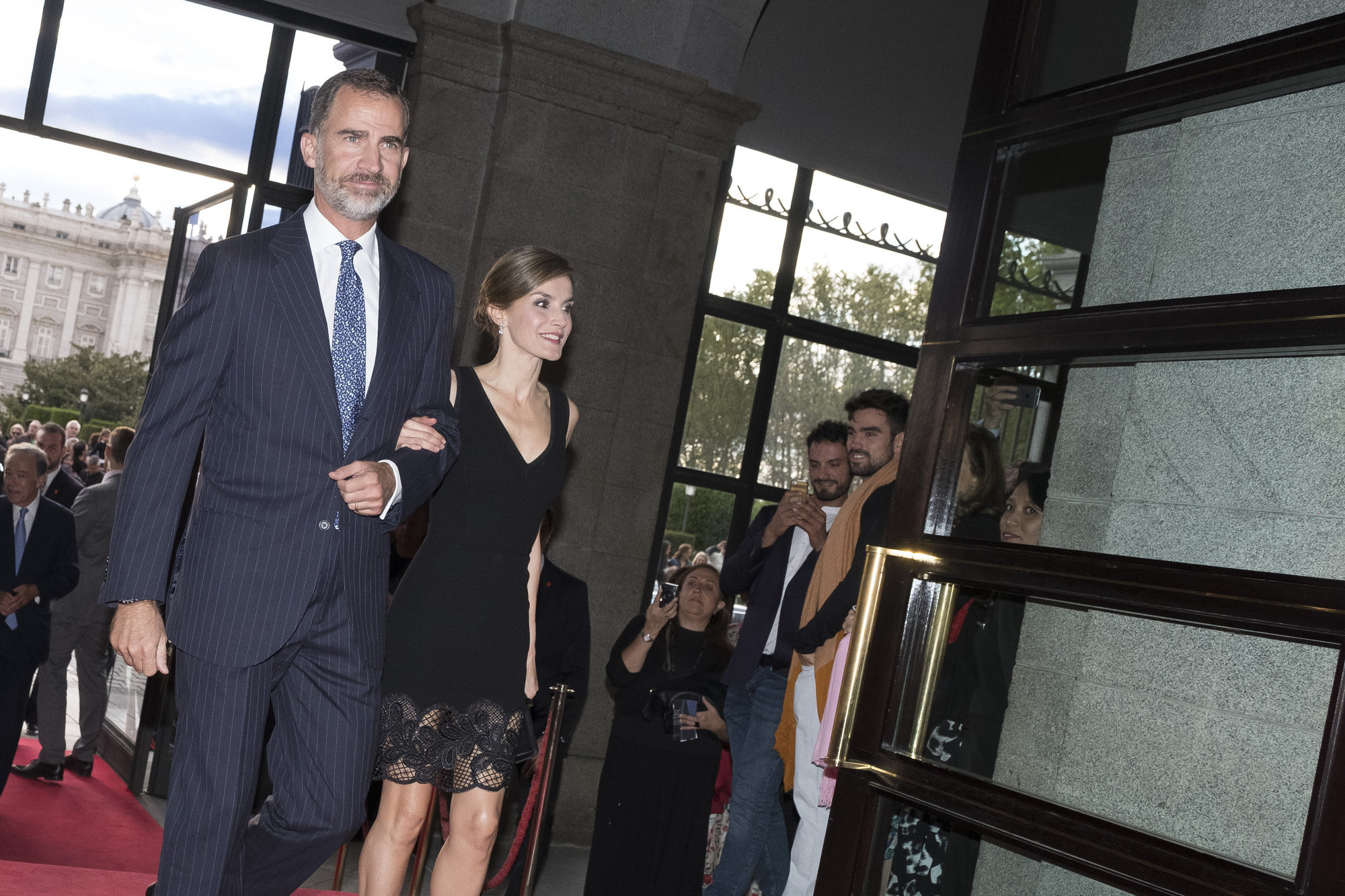
Spain has royal protocol rules, alright, and we know that because Queen Letizia is constantly making headlines for breaking them flagrantly and with glee, ever since her husband was crowned. In 2014, royal watchers gasped when she wore a little black dress whose already short skirt was see-through all the way up to her mid thigh; conservative royals frowned when she wore a sleeveless dress to a formal dinner. She wears pants and forgoes traditional shawls and enormous hair combs.
Stylistically, the previously divorced commoner and former journalist is basically the opposite of her mother-in-law and former queen, Sofia. Letizia probably takes extra delight in flaunting their differences, since the two hate each other with a passion, and have even gotten into shouting matches in public. Meow!
Britain: Royals Can't Talk About Politics
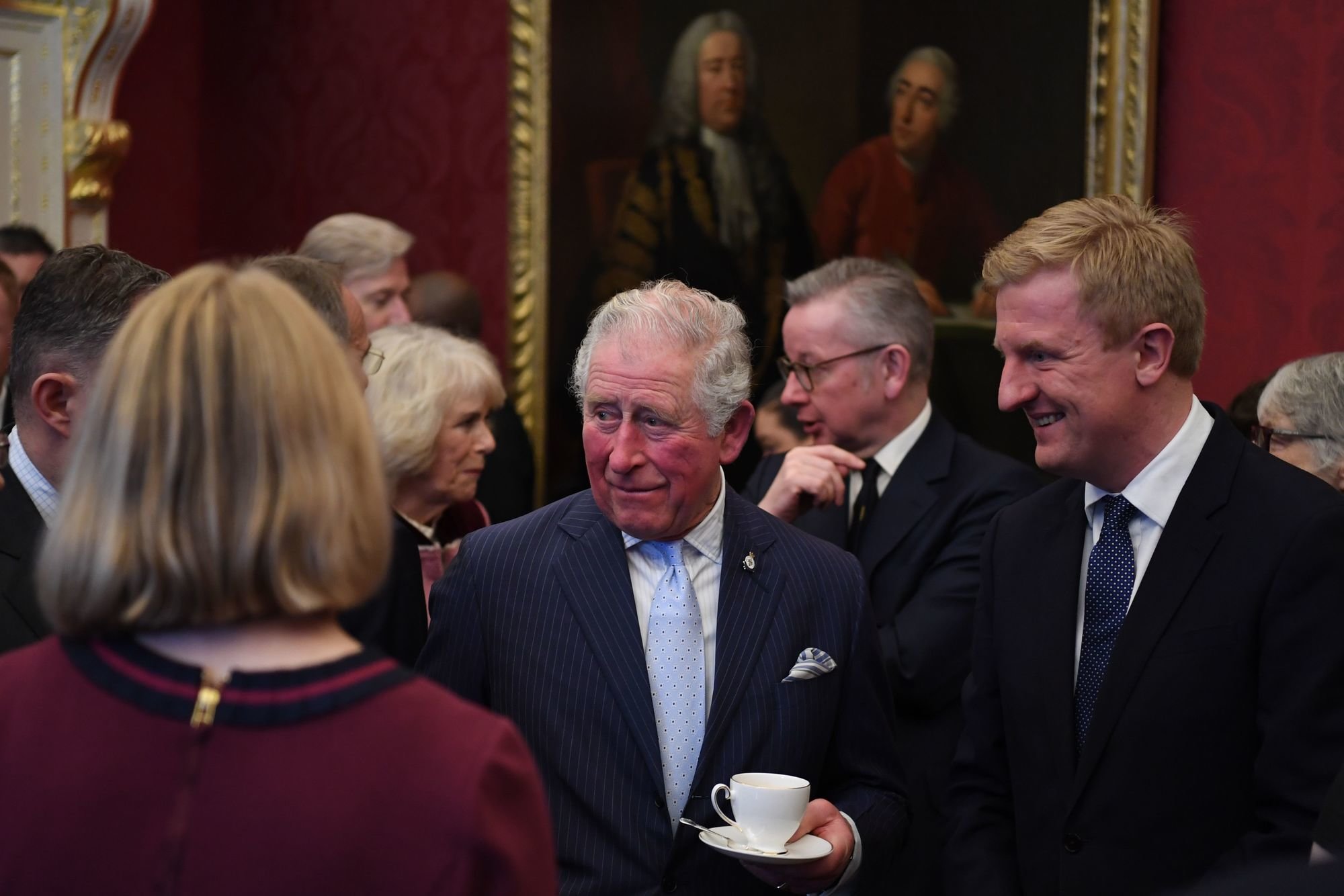
Prince Charles is a regular breaker of this royal rule, which is probably considered the most important. In 2015, The Guardian won a 10-year legal battle to force the release of his so-called 'Black Spider Letters,' which Charles wrote to members of Parliament, lobbying on different issues. The queen herself has at times make indirect references to political battles and Meghan Markle once whispered her approval on Ireland's vote to legalize abortion, and someone posted it on social media.
Japan: Emperor's Wife Can't Witness His Coronation
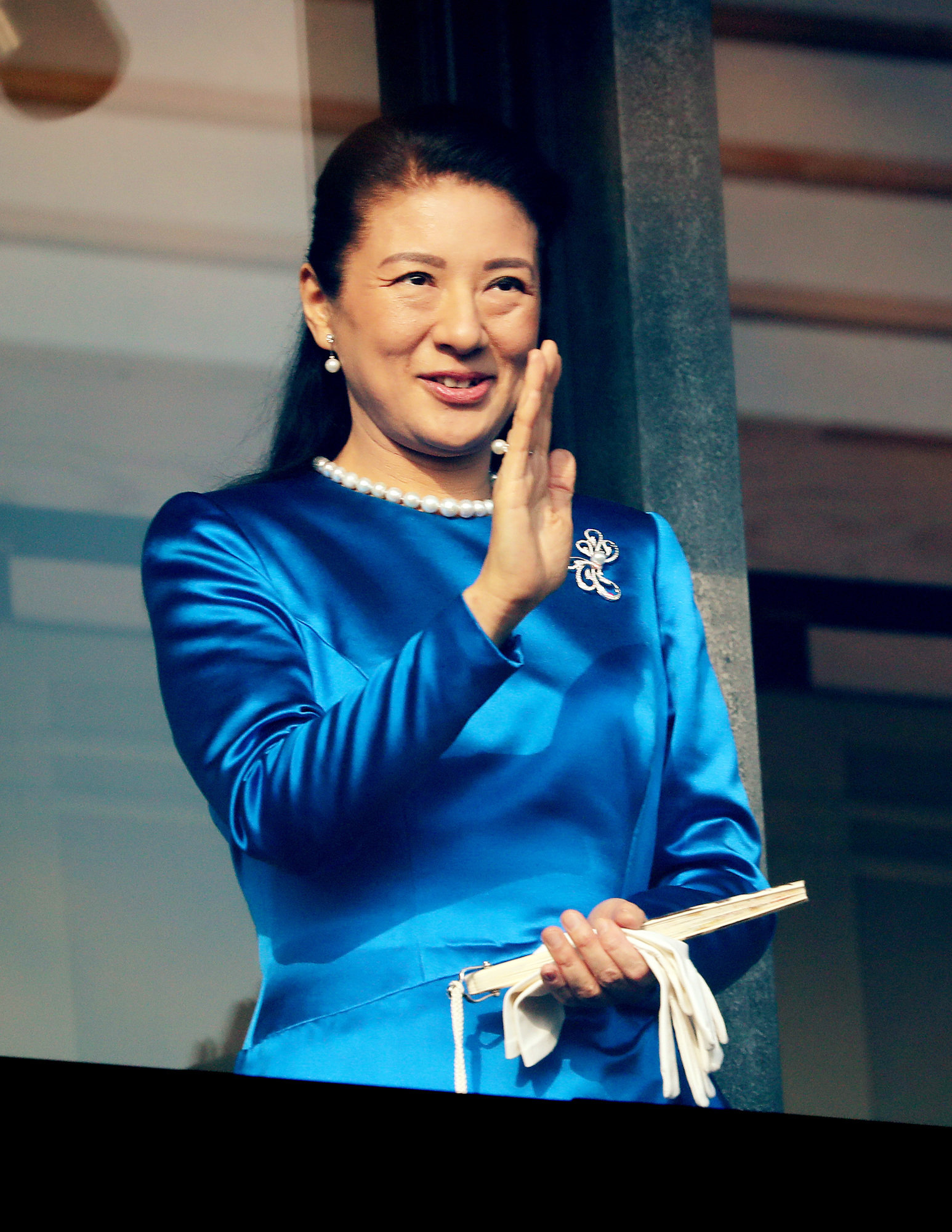
When the new Japanese emperor, Naruhito, was crowned in 2019, his wife, Masako, was not allowed in the room. That's because in the hopelessly outdated Japanese royal family, only men are invited to the coronation. It's just one of the many ways that the institution chronically under-values women. Empress Masako herself has famously never adjusted well to life in Japan's uber-repressive royal family.
She married into it in 1993, despite having studied at Harvard and Oxford and being about to start a promising diplomatic career. After her wedding, she fell into a decades-long depression due to the treatment of her by basically everyone in the family but her husband, and is still rarely seen performing public duties. What a waste!
Britain: The Queen Opens Parliament With Bizarre Ceremony
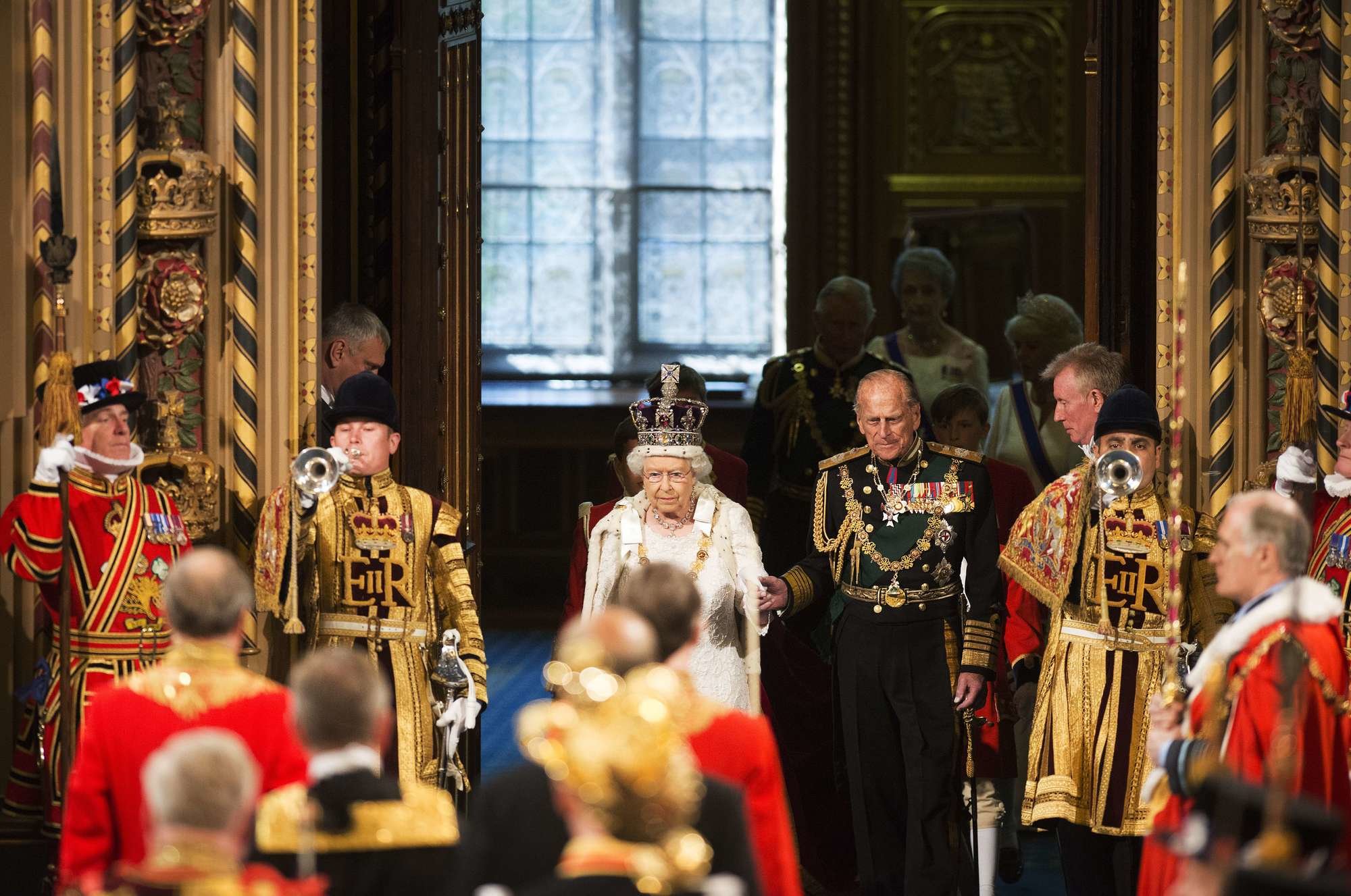
Every year, the queen officially opens Parliament with a ceremony that is complex, archaic, and full of tradition. Seriously, it's the most hilariously British thing ever, and has to be read in detail to be believed. There's a YUGE procession from Buckingham Palace to Parliament, the Queen puts on her heaviest crown and robes, and then a weird assortment of traditions that have to do with past conflict between the monarchy and commoners happen: A group of guards dressed in old-timey uniforms use lanterns to search the cellars for anyone plotting to blow up the building. Members of the House of Commons slammed the door on someone named Black Rod, who comes to tell them that the queen has arrived.
But the strangest tradition of of all is that one of the ministers is "held hostage" at Buckingham Palace while the queen is at Parliament, which is meant to ensure the queen's safe return. It may be purely symbolic now, but it's based on a dead-serious piece of history in the 1600s, when King Charles was beheaded for interfering with Parliament. A copy of his death warrant is still displayed in the room where the queen puts on her crown and robe before entering the parliamentary chambers.
Sweden: Only Certain Grandkids Can Be HRH
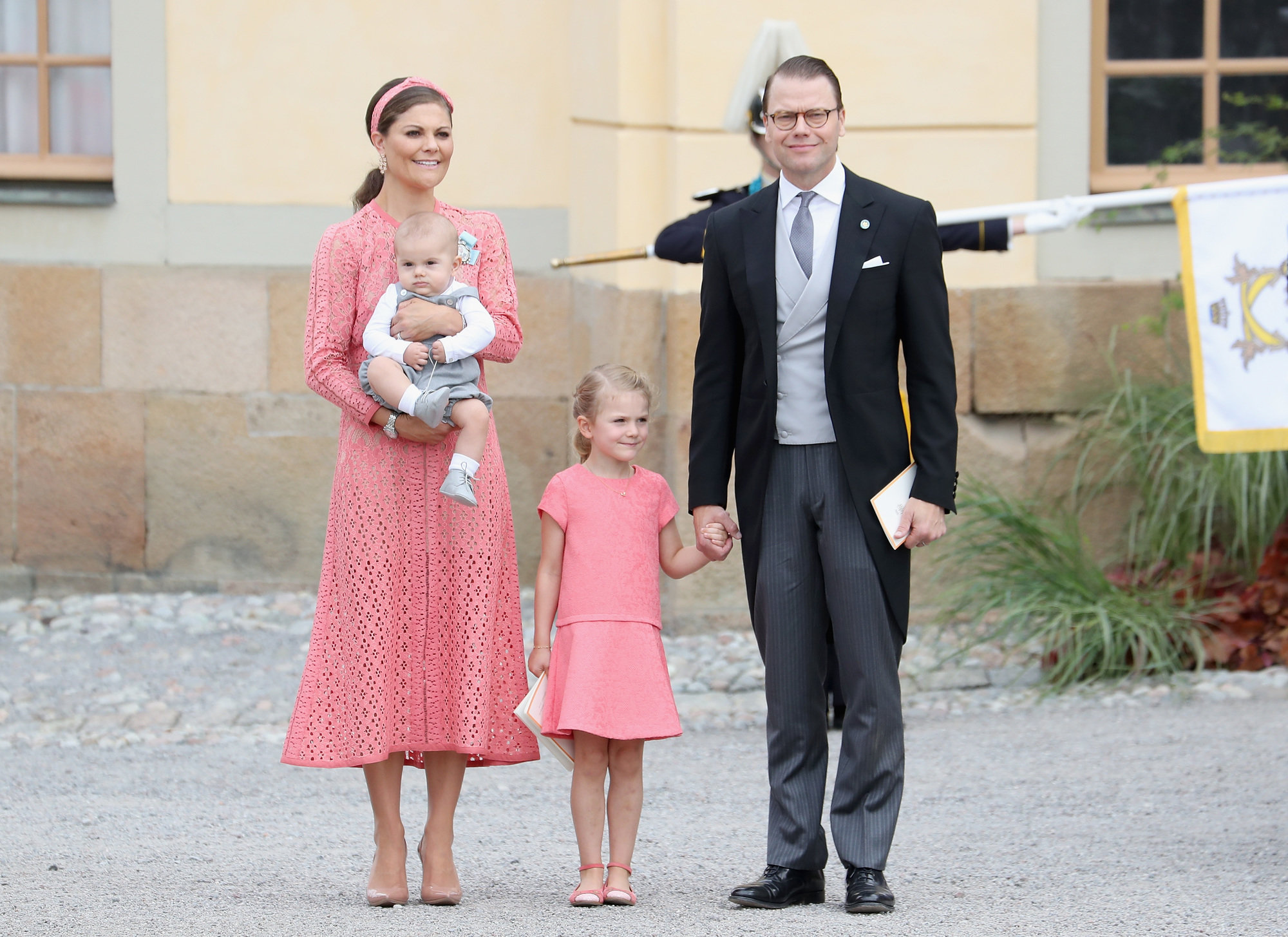
In 2019, Swedish King Carl XVI Gustav removed five of his grandkids from the royal house — that's all his grandkids except the two who are children of Crown Princess Victoria and Prince Daniel, who are set to inherit the throne. The move may sound harsh, but it means that those kids are not expected to perform royal duties or be entitled to any public money. But they're still members of the family.
Pop-Pop isn't that harsh!
Greece: Deposed Royals Still Go by HRH
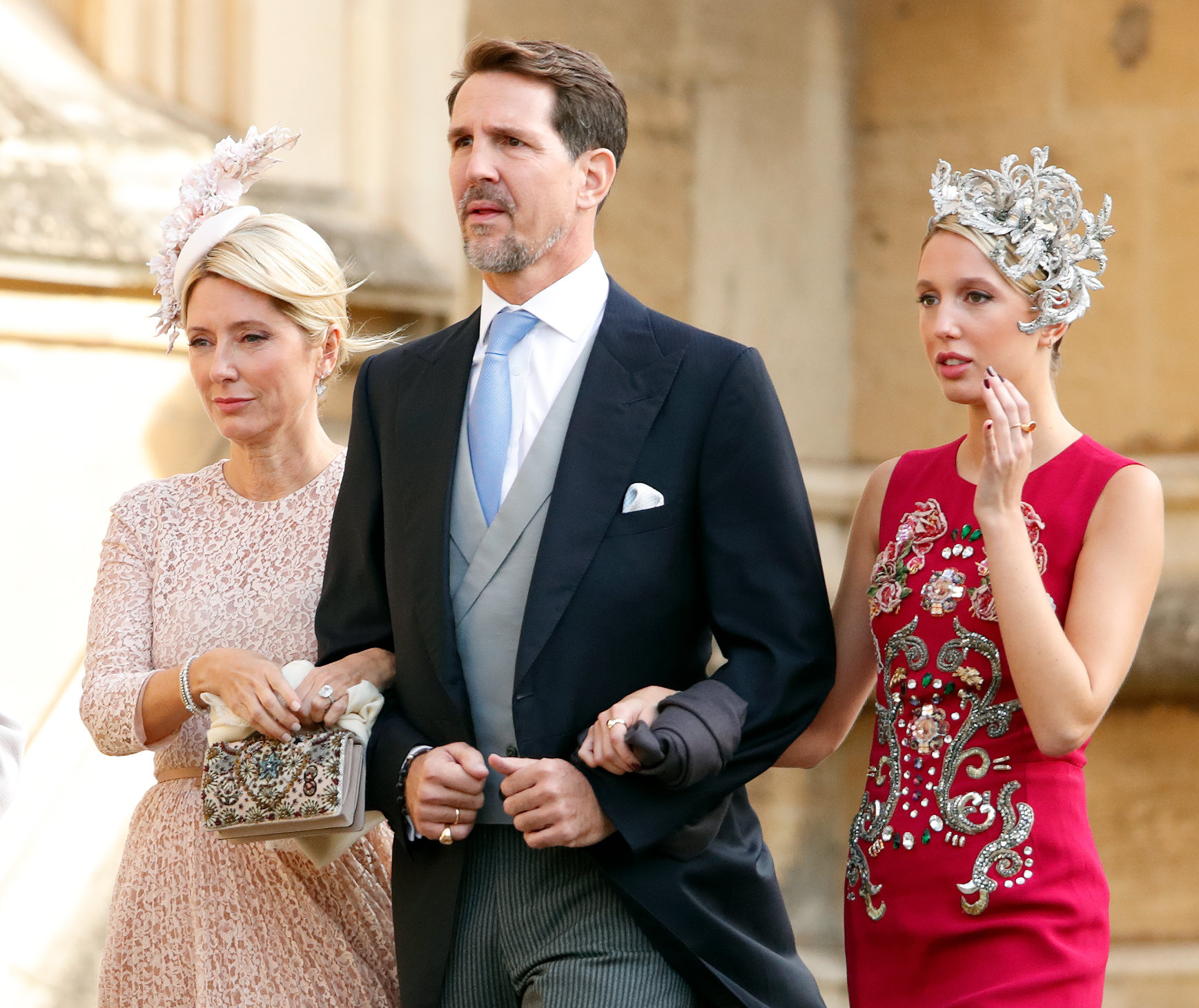
The Greek monarchy was abolished in 1974, but the former king, Constantine, and his troupe of family members, still go by His/Her Royal Highness. Granted, the title is totally meaningless in any kind of legal way, but it's still used by those who want to show courtesy and respect to the family. It also comes in handy for them because the Greek royals are related to Danish royals and maintain close relationships with existing royal houses, and often go to official events, where the HRH is recognized among other royals. A Greek prince and two princesses even attended Princess Eugenie's wedding in 2019.
Saudi Arabia: Don't Ignore the King
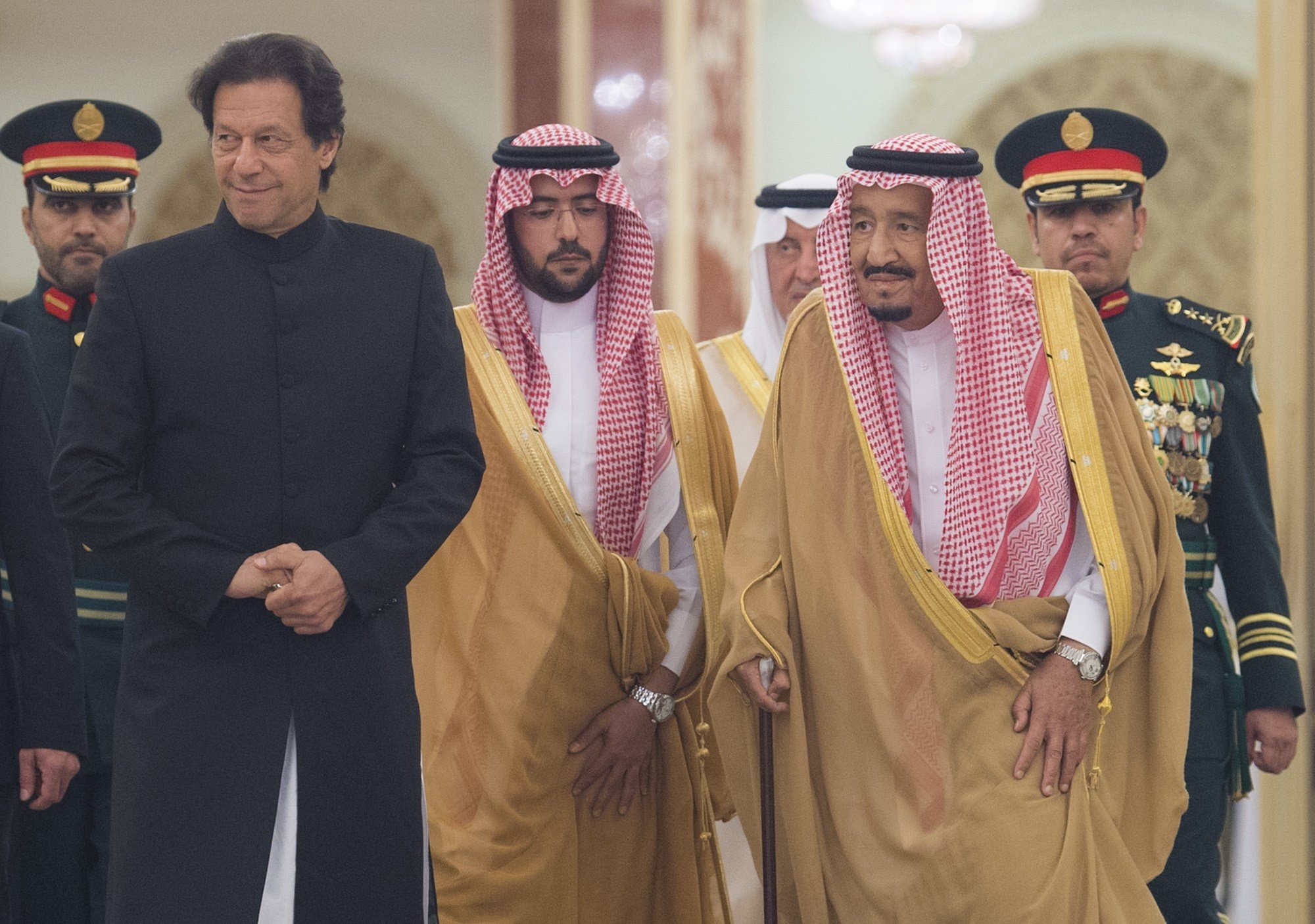
Saudi kings — and Middle Eastern royals in general — take etiquette seriously. Pakistani Prime Minister Imran Khan found himself in hot water when he met King Salman of Saudi Arabia, and instead of addressing him directly, spoke to the royal's translator, then walked away. That was enough for the Saudis to cancel a bunch of meetings with Khan. The Saudis don't take insults kindly either: They sued a Lebanese newspaper that compared the Saudi king to a controversial Islamic theologian.
Britain: How to Attend a Horse Race
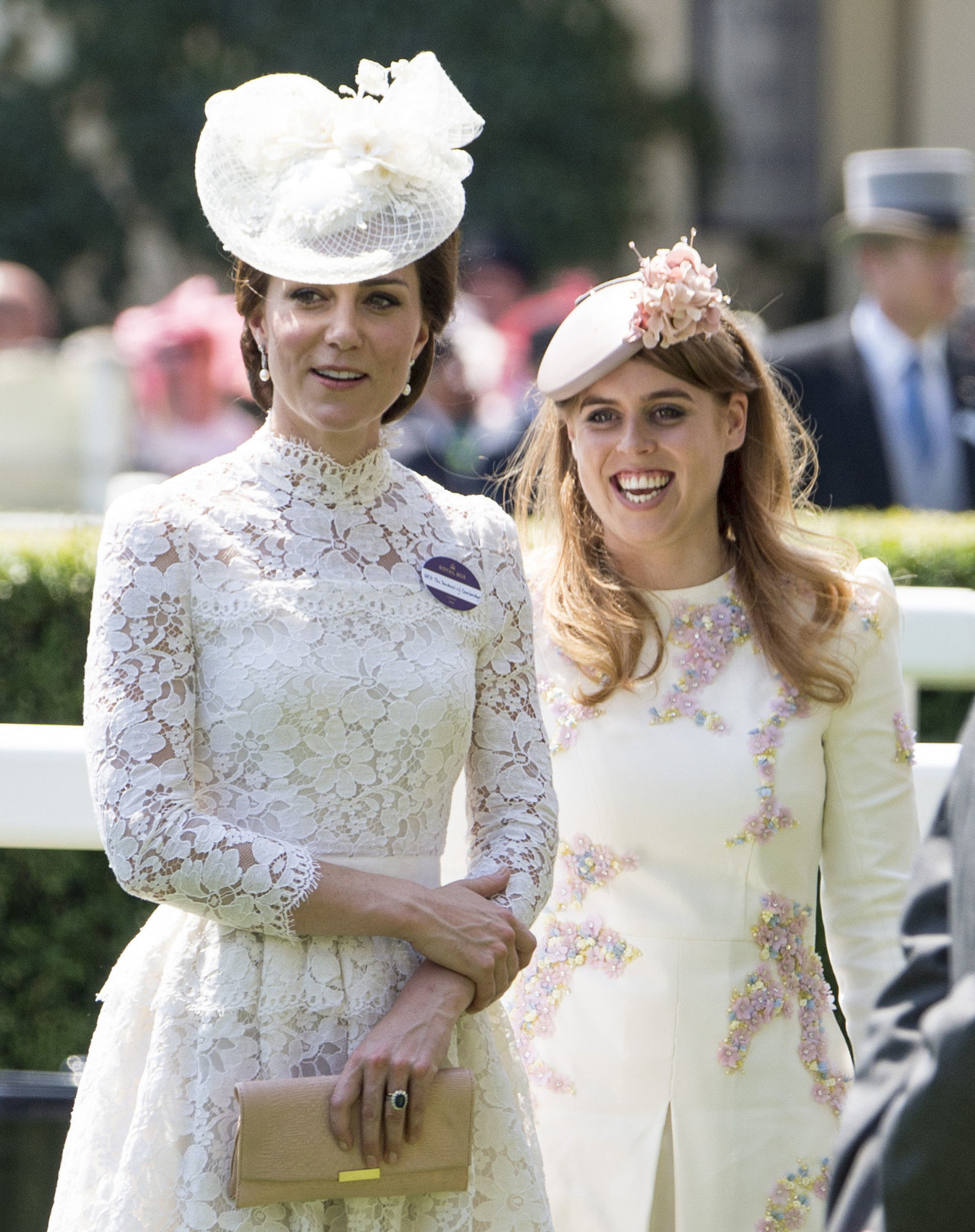
Every year, the royals attend the horse races at Royal Ascot. But ya can't just show up in ripped jeans and a cut-off shirt. Everyone inside the royal enclosure — VIP area of the weeklong event — has to follow a strict dress code, from the queen to whatever guests she invites. Women must wear dresses or skirts that hit just above the knee or lower; dresses and tops have to have a strap of at least an inch wide — no strapless, spaghetti straps, off-the-shoulder pieces are not allowed. Trouser suits are OK, but only if they match and hit at least the ankle.
Hats are required.



